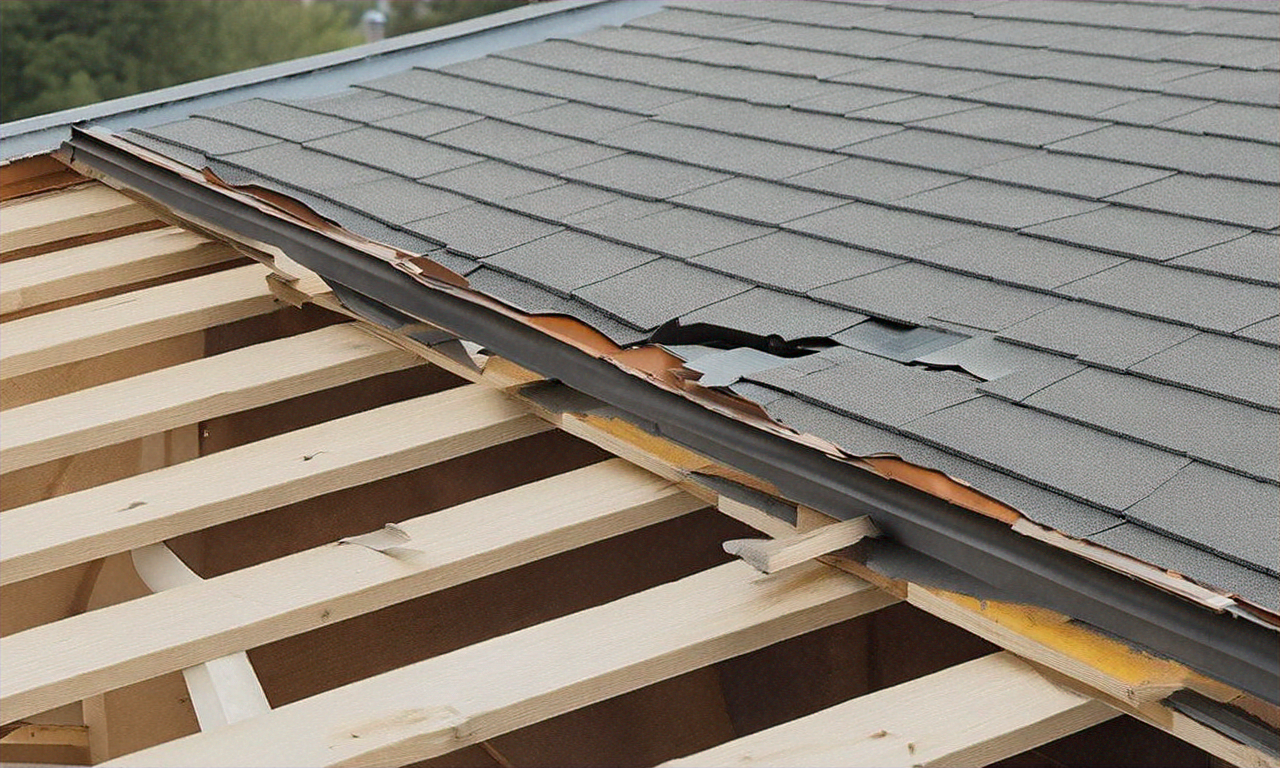Residential Roofing: A Complete Guide for Home Renovations
When planning a home renovation, few elements impact both aesthetics and functionality as significantly as your roof. Modern homeowners face numerous decisions regarding materials, design, efficiency, and long-term care. Understanding these options helps ensure your roofing investment provides decades of protection while enhancing your home's value and curb appeal.

What Residential Roof Design Options Work for Different Home Styles
Residential roof design options vary considerably based on architectural style, climate, and personal preferences. Gable roofs remain popular for traditional homes, offering excellent water drainage and attic space. Hip roofs provide superior wind resistance, making them ideal for areas prone to severe weather. Shed roofs create a modern aesthetic while maximizing interior ceiling height.
Mansard and gambrel designs offer distinctive character for period homes, while flat roofs suit contemporary architecture and urban environments. Your choice should complement your home’s existing architecture while considering local building codes and weather patterns. Consulting with local contractors helps determine which design elements work within your budget and regional requirements.
Which Roof Materials for Homes Provide Optimal Performance
Roof materials for homes range from traditional options to innovative modern alternatives. Asphalt shingles dominate the residential market due to their affordability and versatility, typically lasting 20-30 years with proper maintenance. Metal roofing offers exceptional durability and energy efficiency, often lasting 50+ years while reflecting heat effectively.
Clay and concrete tiles provide excellent longevity and fire resistance, particularly suitable for Mediterranean and Southwestern architectural styles. Wood shakes deliver natural beauty but require more maintenance in humid climates. Slate represents the premium option, offering century-long lifespans but requiring structural reinforcement due to weight considerations.
Synthetic materials now replicate traditional appearances while providing enhanced durability and lower maintenance requirements. Each material presents distinct advantages regarding cost, appearance, climate suitability, and maintenance needs.
How Energy-Efficient Roofing Reduces Long-Term Costs
Energy-efficient roofing technologies significantly impact home comfort and utility expenses. Cool roofing materials reflect solar radiation, reducing cooling costs by 10-15% in warm climates. Light-colored surfaces and specialized reflective coatings help maintain lower surface temperatures throughout summer months.
Proper insulation and ventilation work together with roofing materials to create comprehensive thermal barriers. Ridge vents, soffit vents, and attic fans promote air circulation, preventing ice dams in winter and reducing heat buildup during summer. Solar-ready roofing systems accommodate future renewable energy installations while maintaining structural integrity.
Advanced materials like cool asphalt shingles, reflective metal panels, and specialized membranes qualify for energy efficiency rebates in many regions. These investments often pay for themselves through reduced energy consumption over the roof’s lifespan.
What Long-Term Roof Maintenance Strategies Extend Lifespan
Long-term roof maintenance requires systematic inspection and proactive care. Annual visual inspections identify potential issues before they become costly repairs. Check for loose, damaged, or missing shingles, inspect flashing around chimneys and vents, and clear gutters regularly to prevent water backup.
Professional inspections every 3-5 years provide comprehensive assessments beyond homeowner capabilities. Qualified inspectors examine structural elements, identify subtle wear patterns, and recommend preventive measures. Document all maintenance activities to track your roof’s condition and support warranty claims.
Seasonal maintenance tasks include removing debris, trimming overhanging branches, and checking for pest intrusion. Address minor repairs immediately to prevent water infiltration and structural damage. Proper maintenance extends roof lifespan by 20-30% while preserving manufacturer warranties.
| Service Provider | Location Coverage | Typical Project Range | Key Specializations |
|---|---|---|---|
| GAF Certified Contractors | Nationwide | $8,000-$25,000 | Asphalt shingles, warranty programs |
| CertainTeed Master Craftsmen | Regional networks | $10,000-$30,000 | Premium materials, energy efficiency |
| Local roofing companies | Metropolitan areas | $7,000-$20,000 | Regional expertise, competitive pricing |
Prices, rates, or cost estimates mentioned in this article are based on the latest available information but may change over time. Independent research is advised before making financial decisions.
How Choosing the Right Roofing Contractor Ensures Project Success
Choosing the right roofing contractor determines project quality, timeline, and long-term satisfaction. Licensed contractors carry proper insurance and bonding, protecting homeowners from liability and ensuring professional standards. Verify licenses through state regulatory agencies and confirm insurance coverage directly with providers.
Request detailed written estimates from multiple contractors, comparing not just prices but also materials specifications, labor warranties, and project timelines. Established contractors provide references from recent projects and maintain Better Business Bureau ratings. Avoid door-to-door solicitors and require substantial upfront payments.
Quality contractors offer comprehensive warranties covering both materials and workmanship. They communicate clearly throughout projects, obtain necessary permits, and follow manufacturer installation guidelines. Local contractors understand regional building codes and weather challenges while providing ongoing support for warranty claims and future maintenance needs.
Roofing renovations represent significant investments requiring careful planning and professional execution. By understanding design options, material characteristics, efficiency benefits, maintenance requirements, and contractor selection criteria, homeowners make informed decisions that protect their properties for decades. Quality roofing enhances home value while providing reliable protection against weather extremes and environmental challenges.




